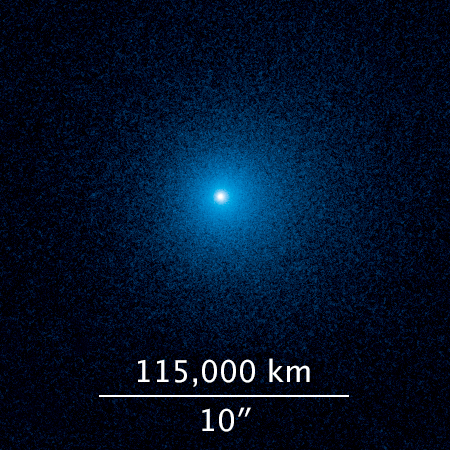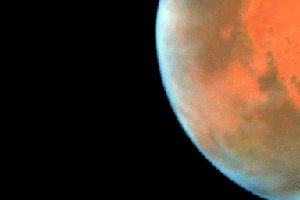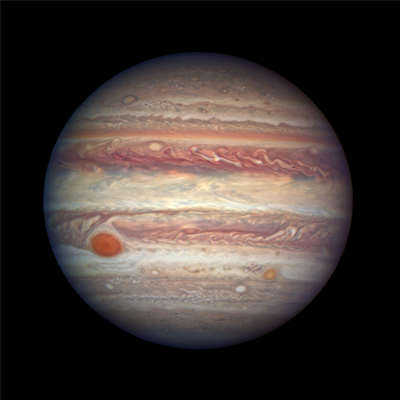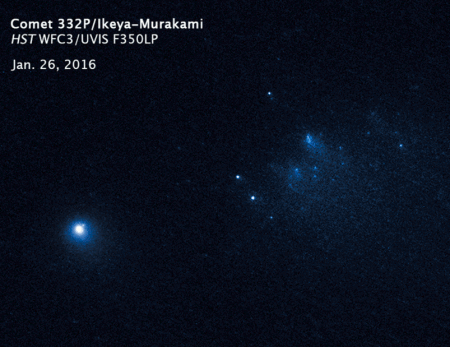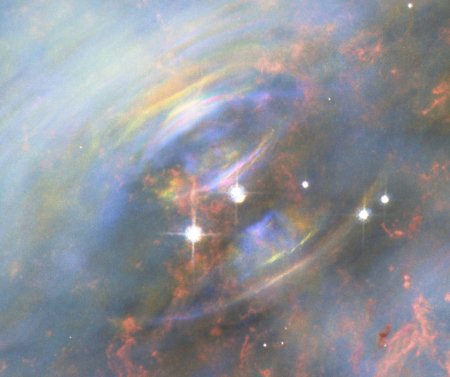Chandra goes into safe mode
When it rains it pours: The Chandra X-ray Observatory went into into safe mode on October 10 for reasons that are either not yet understood or have not yet been revealed.
Chandra, Spitzer, and Hubble are the three remaining of the original four great observatories proposed in the late 1980s, with the Compton Gamma-Ray Observatory the fourth. Compton was de-orbited in 2000. Spitzer’s infrared observational capabilities became limited when its cryogenic cooling gas became exhaused in 2009.
Hubble and now Chandra are both in safe mode, leaving astronomy badly crippled.
This situation is actually the fault of the astronomical community, which in the early 2000s put all its money behind the James Webb Space Telescope, leaving little for the construction of replacement space telescopes for either Hubble or Chandra. In addition, the astronomical community has continued to put is money behind similar big, expensive, and giant projects like Webb, pushing for WFIRST with its 2011 decadal survey. Like Webb, WFIRST will cost billions and take almost a decade to build and launch, assuming there are no delays.
Meanwhile, the workhorses in orbit are failing one by one.
When it rains it pours: The Chandra X-ray Observatory went into into safe mode on October 10 for reasons that are either not yet understood or have not yet been revealed.
Chandra, Spitzer, and Hubble are the three remaining of the original four great observatories proposed in the late 1980s, with the Compton Gamma-Ray Observatory the fourth. Compton was de-orbited in 2000. Spitzer’s infrared observational capabilities became limited when its cryogenic cooling gas became exhaused in 2009.
Hubble and now Chandra are both in safe mode, leaving astronomy badly crippled.
This situation is actually the fault of the astronomical community, which in the early 2000s put all its money behind the James Webb Space Telescope, leaving little for the construction of replacement space telescopes for either Hubble or Chandra. In addition, the astronomical community has continued to put is money behind similar big, expensive, and giant projects like Webb, pushing for WFIRST with its 2011 decadal survey. Like Webb, WFIRST will cost billions and take almost a decade to build and launch, assuming there are no delays.
Meanwhile, the workhorses in orbit are failing one by one.

